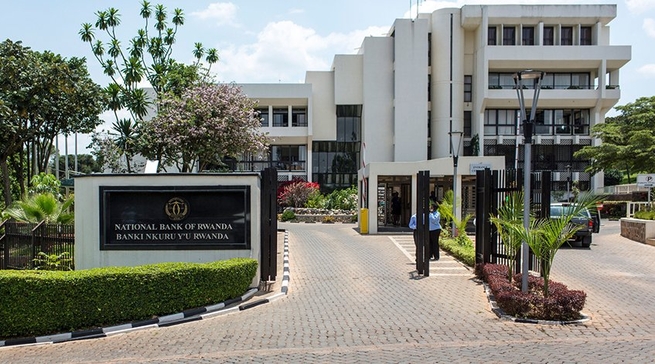Over the past decade, there is no doubt that prices of goods and services in Rwanda have continued to rise. For example, a motorcycle ride that used to cost 1000 Frw can now reach 1500 Frw or more.
This increase in prices happens naturally over time. In some cases, a slight increase can be beneficial as it allows businesses to make profits, encouraging them to continue offering the products and services people need.
However, when prices rise too much, it negatively impacts people because they can no longer afford to buy as many things as before. They also need to carry more money when going to the market.
In extreme cases, countries may decide to introduce higher-value banknotes to make it easier for people to carry money when shopping.
Recently, the National Bank of Rwanda introduced new 2000 Frw and 5000 Frw banknotes with updated designs, which will continue to be used alongside the older versions.
Given the rising prices in Rwanda and the fact that the Rwandan franc has lost value compared to the dollar, some people are now wondering whether the National Bank of Rwanda should consider creating a larger banknote, such as a 10,000 Frw note. Is this necessary?
Looking at the level of price increases in Rwanda and the government’s efforts to promote digital payments, it is hard to justify the need for a larger banknote.
In a recent interview with Royal FM, Denis Habumugisha, the Director of Currency and Payment Systems at the National Bank of Rwanda, explained that this topic has been discussed within the bank.
He said, “We’ve had several discussions about this, both internally and with the media. But the real question is: why do we need a larger banknote?”
He explained that the government is encouraging people to use digital payment methods, and introducing larger banknotes could hinder that goal.
He added, “We are asking Rwandans to use technology for payments. We are even working on the Central Bank Digital Currency (CBDC) project to reduce the cost of printing money, making it faster and easier for people to use digital currency.”
He emphasized that introducing a larger banknote would contradict this strategy, saying, “It wouldn’t make sense. I’m not saying it’s impossible, but it depends on the economic situation.”
Habumugisha hinted that the reasons for creating a larger banknote do not currently exist in Rwanda.
“The other reason countries create larger banknotes is when prices increase so much that smaller notes lose their value. For example, if I have 5000 Frw, I used to be able to buy shoes with it, but now 5000 Frw may only buy me a bottle of water. That would mean I would need to carry a bag of money to buy shoes. In that case, a larger banknote would be necessary,” he explained.
Reducing the Trade Deficit is Crucial for Rwanda
Rwanda faces a significant challenge where the country imports much more than it exports, creating a large trade deficit.
The National Institute of Statistics of Rwanda (NISR) recently reported that the trade deficit in July 2024 reached $472.66 million (about 628 billion Frw), up from $411.62 million in June 2024, a 14.83% increase.
If this trend continues, the demand for larger banknotes could increase, as the high demand for dollars would negatively impact the value of the Rwandan franc. This would make it more expensive to import goods, leading to higher prices.
Promoting initiatives like “Made in Rwanda” could help the government address this problem. By exporting more goods, Rwanda can earn more dollars, which would help stabilize the currency and prevent price increases.














Post Comment